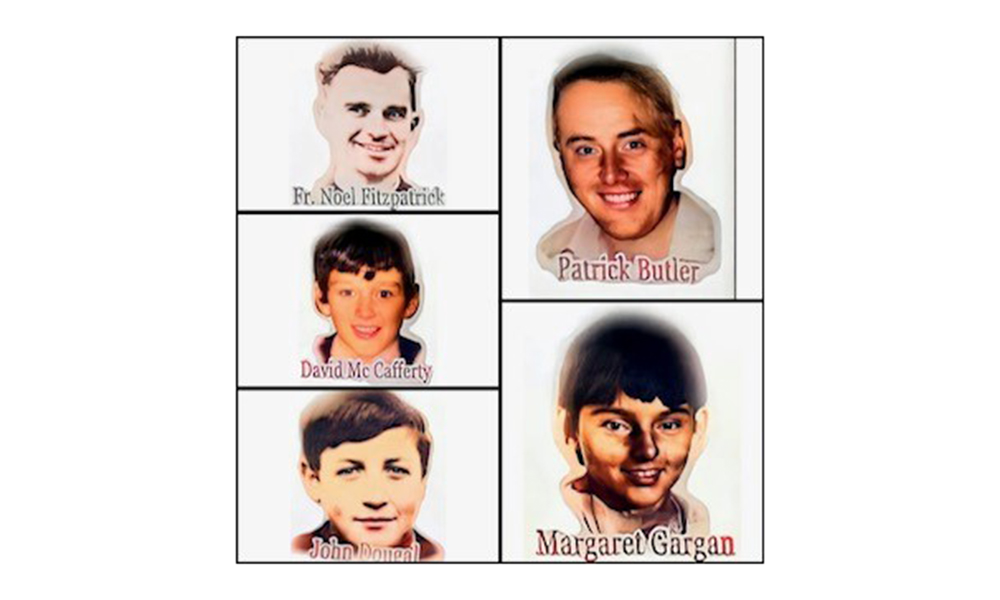First week of military witness’ evidence at Springhill inquest and families of loved ones killed by the British Army still do not know identities of soldiers.
After the first week of military witnesses’ evidence to the Springhill inquest there is still no answers for the families of the five victims as to who the soldiers were that fired the fatal shots that killed their loved ones. The former soldier’s evidence was often evasive, lacked detail and characterized by “not being able to remember” other soldiers’ names or having any knowledge of how the five victims were killed by their regiment. On one occasion one of the witnesses claimed he could not even remember where he was on the night of the killings. All of this despite the fact that all of those giving evidence were commanders of platoons that were either in Corry’s Timberyard or billeted in nearby army bases in July 1972.
The inquest heard evidence from the first seven military witnesses that coroner’s investigators have obtained statements from, although in total 19 former soldiers will give evidence to the inquest. None of the six appeared before the inquest in person but gave their evidence by video link and all of them of them were referred to only by ciphers to protect their identities. SM57, SM17,SM223, SM382, SM382 and SM348 were all platoon commanders in the 1 King’s Regiment and SM8 was a platoon commander in the Duke Wellington Regiment during 1972. The King’s Regiment known as 1 King were based in Corry’s Timberyard on the 9th July 1972 and are believed to be responsible for shooting dead the five victims. The Duke of Wellington Regiment had been called in to the Springhill and Ballymurphy area to support 1 King after the IRA ceasefire had ended in July 1972. The 1 King Regiment as well as being in Corry’s Timberyard were based in Vere Foster school in New Barnsley and in the Henry Taggart Memorial Hall on the Springfield Road, as where the Duke of Wellington Regiment.
The former soldiers were able to describe in great detail the command structure and tactics of the British Army during their tour of duty in West Belfast. Some of them went in to great details about being trained in the yellow card governing the ‘rules of engagement’ of when you could and could not fire your weapon. They also said they were trained in the use of the SLR rifle, the .303 Lee Enfield sniper rifle and riot control measures before they were sent to Belfast. Several of them were able to remember being fired upon when they were based at Corry’s Timberyard. However, when cross examined by counsels for the families about the killing of the five victims they knew little or nothing about the deaths or the identity of the soldiers involved in firing the fatal shots. Several of the witnesses claimed that they had not even heard about anyone being killed on the 9th July until the coroner’s investigators contacted them to inform them about the holding of a new inquest into the deaths.
Over the next number of weeks, the inquest will hear evidence from the rest of the military witnesses. Two of those witnesses are former Royal Military Police (RMP) officers who would have taken the statements of soldiers involved in the killings. To date none of the military witnesses have admitted involvement in the killing of the five victims or being the soldiers who made statements to the RMP back in July 1972 that they had killed gunmen.
The inquest continues on Monday the 12th February.











